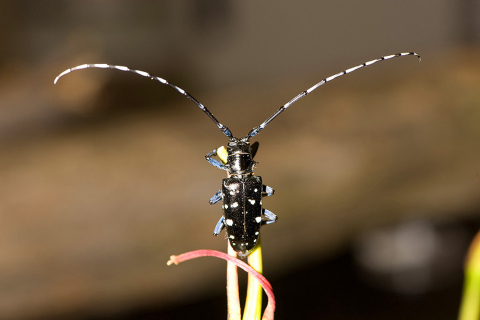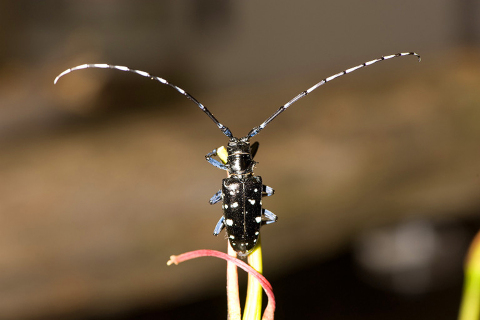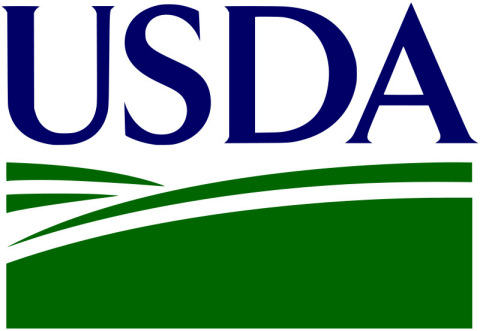WASHINGTON--(BUSINESS WIRE)--August is Tree Check Month, the peak time of year when the Asian longhorned beetle (ALB) can be found, and the U.S. Department of Agriculture’s Animal and Plant Health Inspection Service (APHIS) is asking residents to help eradicate this invasive pest by looking for signs in their trees. APHIS and local agricultural departments need to be made aware of any infested trees and new outbreaks, so they can be quickly contained to keep the beetle from spreading.
The ALB has the potential to destroy millions of acres of America's treasured hardwoods, including maple, birch, elm, willow, ash and poplar trees. The beetle is slow to spread on its own during the early stages of an infestation, so early detection and reporting is critical to containing it. People can also help by not moving firewood, which can transport the beetle hidden inside to new areas.
“We’re asking everyone to take 10 minutes and go outside and inspect their trees,” said Josie Ryan, APHIS’ national operations manager for the ALB eradication program. “New Asian longhorned beetles typically emerge from trees in August, so if you see any signs, report them immediately. It’s possible to eradicate this destructive pest, but we need the public’s help to be successful.”
The Asian longhorned beetle has distinctive markings that are easy to recognize:
- Long antennae with black and white bands, longer than the insect’s body.
- A shiny, jet-black body, about 1” to 1 ½” long, with white spots.
- Six legs with possible bluish-colored feet.
Signs of its devastation include:
- Round exit holes, dime size or smaller, in tree trunks and branches.
- Shallow oval or round scars in the bark, where the adult beetle has chewed an egg site.
- Sawdust-like material on the ground around the tree or in the branches.
- Dead branches or limbs falling from an otherwise healthy-looking tree.
What to do if you see signs of the ALB:
- Make note of what you found, where you saw it and take a photo, if possible.
- Try to place the beetle in a container and freeze it for easy identification by the USDA.
- Report findings by calling 1-866-702-9938 or completing the online form.
The Asian longhorned beetle, an invasive insect from Asia, has no natural enemies here. It has led to the loss of more than 160,000 trees in forests, parks and neighborhoods. Once infested, trees will die and need to be removed.
The ALB Eradication Program began upon detection of the beetle in 1996 in Brooklyn, N.Y., and is a cooperative effort between Federal and State agencies to identify and eradicate ALB infestations in the U.S. To date, the Program has eliminated infestations in Illinois, New Jersey, New York (Manhattan, Staten Island and Islip) and Boston. Current beetle infestations are being fought in Kings, Queens, Nassau and Suffolk Counties, N.Y., Clermont County, Ohio, and Worcester County, Mass.
For more information about the Asian longhorned beetle, ways to keep it from spreading and eradication program activities, visit www.AsianLonghornedBeetle.com and www.HungryPests.com. For local inquiries or to be forwarded to your State Plant Health Director, call 1-866-702-9938.




